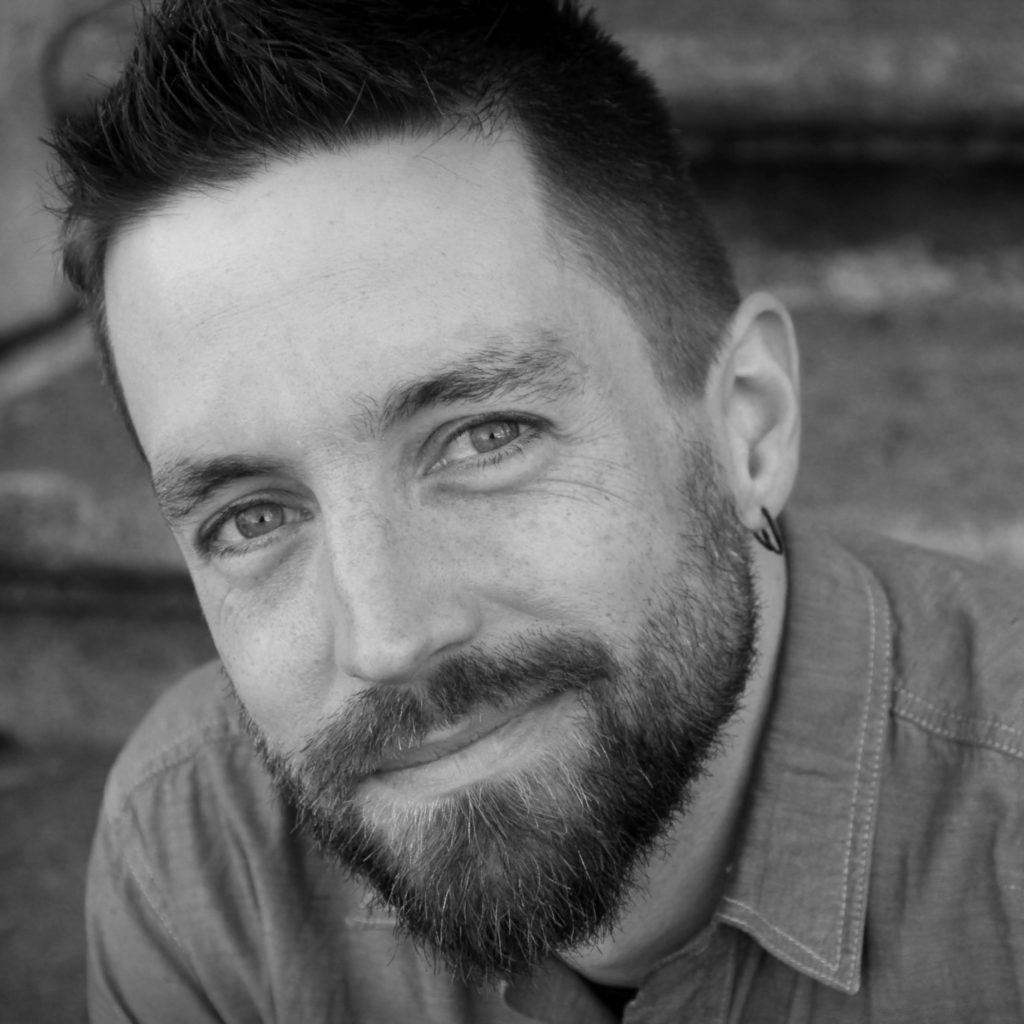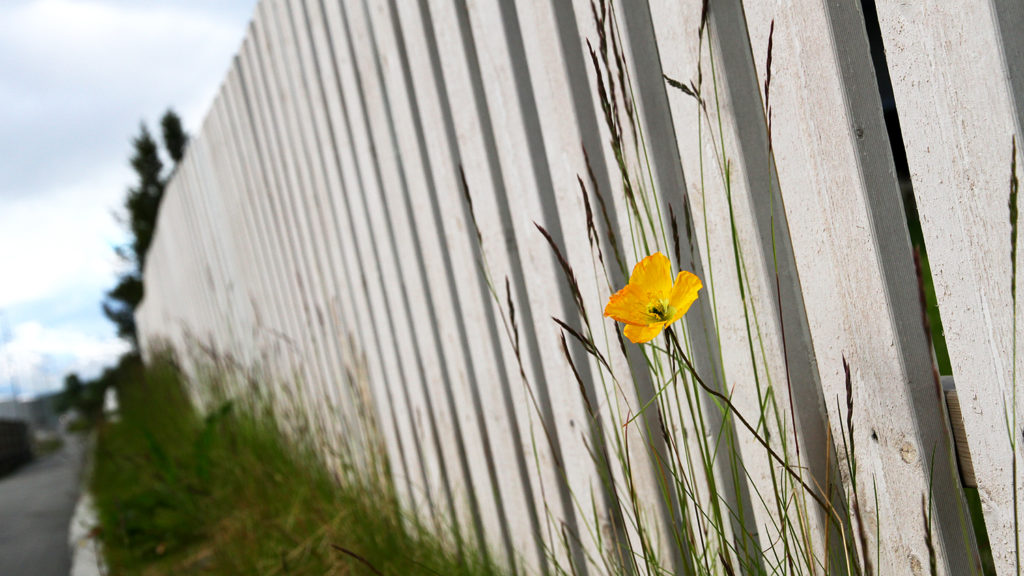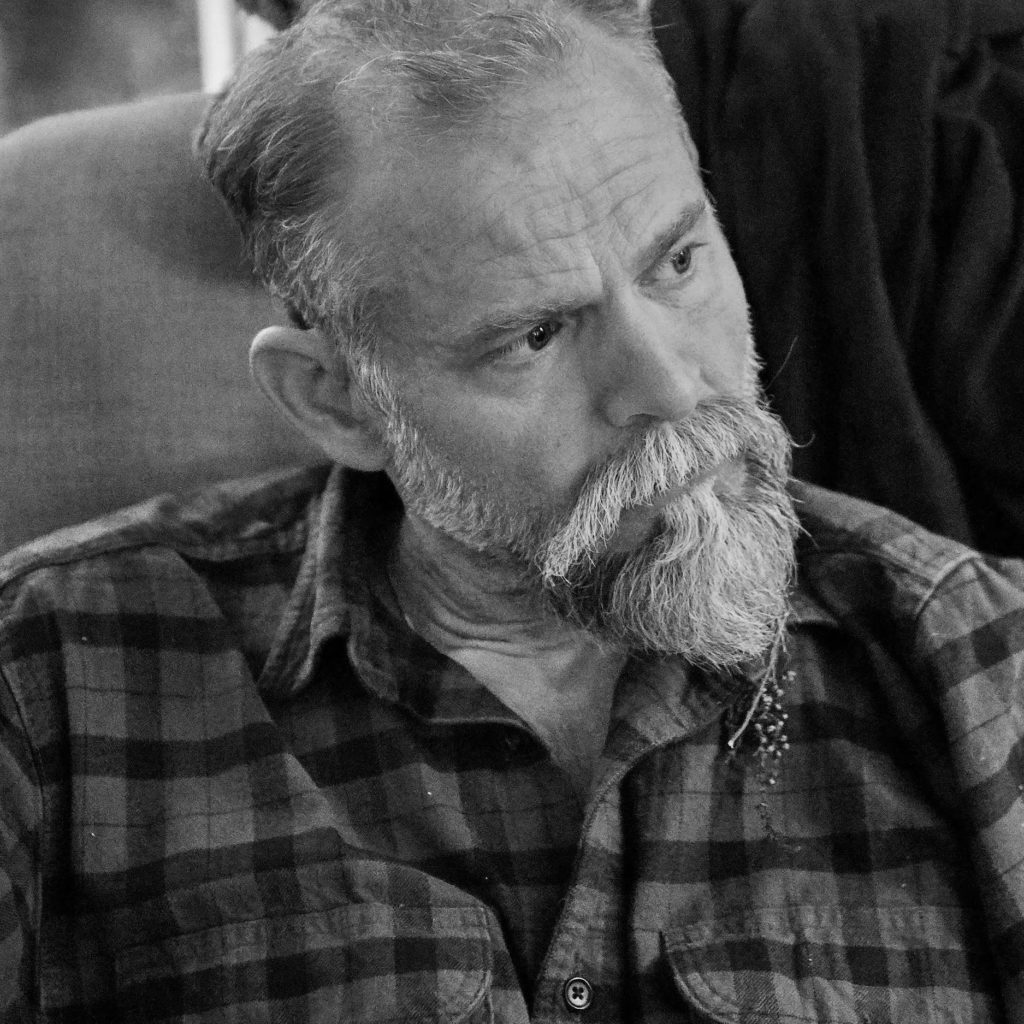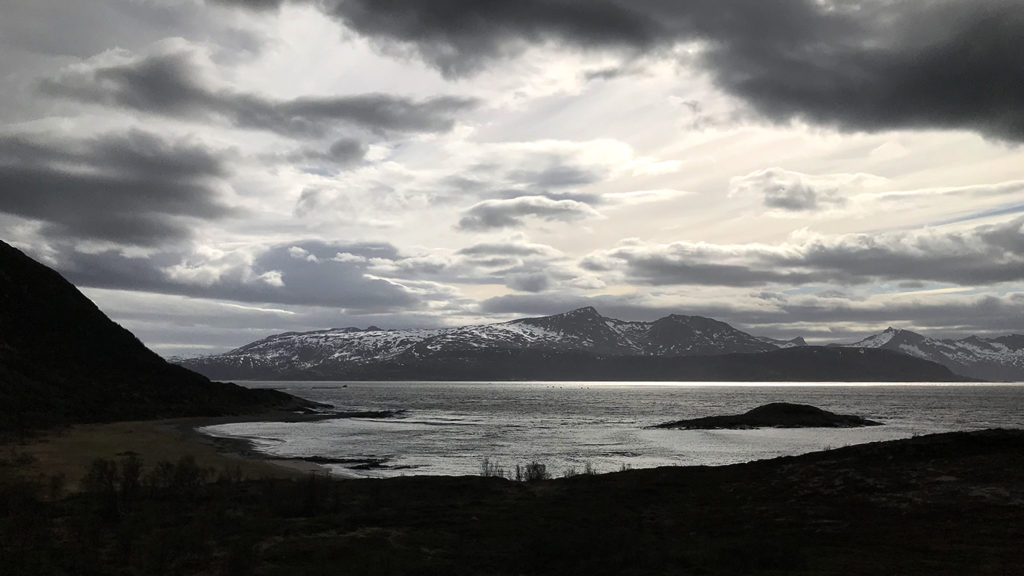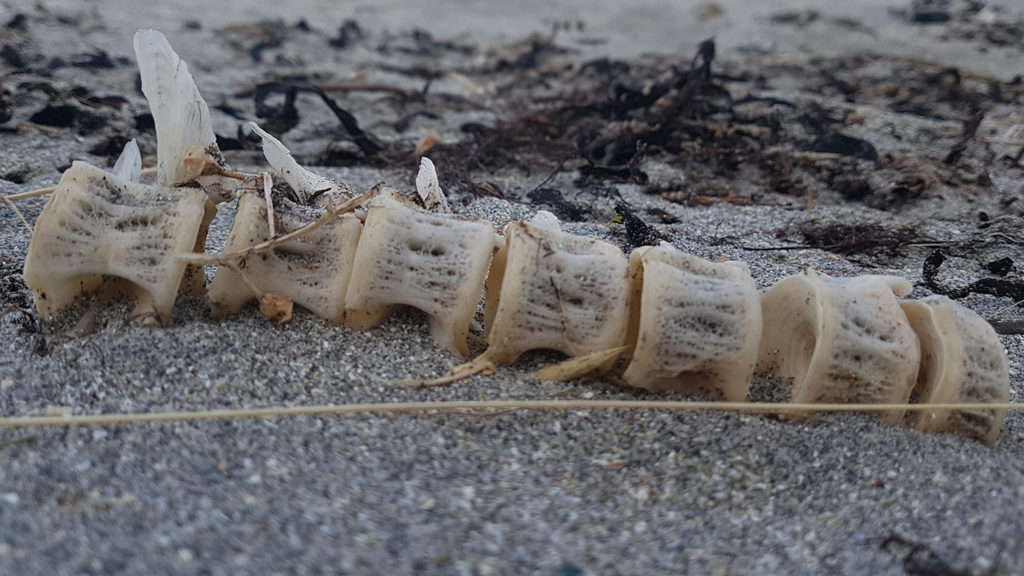Address
Charlie: We’ve talked about landscape before, but I wonder if there’s more there to dig into. You and I always come back to the question of place. Surely, it’s not just topography. Now, as we embark on Without Them I am Lost, I find us coming back to a northern landscape and its native stories. We’ve envisioned this new project as a feature length documentary seeking to document the oral histories of World War II in the far north, but it will also be a way to explore storytelling, itself, as an act of survival. I’m also thinking of the project as a means to understand how a certain landscape might determine the stories we capture and the manner in which they are told.
The global pandemic has kept us all in place, more or less, since March. That’s eight months and counting. I’ve been trying to dig more deeply into my own place this past spring and summer, the first I’ve spent fully in Spokane since arriving here seven years ago. What held my attention first was the succession of weeds. Dandelion. Clover. Arrow leaf balsamroot. Bird vetch. Lupine. I found it telling that you wrote about a similar impulse in your essay, “Weeds”, in The Canyon Country Zephyr. These 8 months have been a slow process of naturalization, one walk at a time, to a place I thought I knew. What I’m curious about is how a landscape, and all that it contains, might shape the local character and its stories to reveal an influential terroir, so to speak.
John Berger speaks of this, what he describes as “address,” in his essay “A Story for Aesop” in Keeping a Rendezvous:
Many different things can fill the foreground with meaning: personal memories; practical worries about survival—the fate of a crop, the state of a water supply; the hopes, fears, prides, hatreds, engendered by property rights; the traces of recent events and crimes (in the countryside all over the world crime is one of the favourite subjects of conversation). All these, however, occur against a common constant background which I call the landscape’s address, consisting of the way a landscape’s ‘character’ determines the imagination of those born there…
The scale and the address do not change with mood. Every life remains open to its own accidents and its own purpose. I am suggesting, however, that geography, apart from its obvious effects on the biological, may exercise a cultural influence on how people envisage nature. This influence is a visual one, and since until very recently nature constituted the largest part of what men saw, one can further propose that a certain geography encourages a certain relation to the visible.
How do you see the address in the far north? How have you come to know it? How might we lean into that as a conceptual matrix for the film?
Damon: The north is a place—a landscape, an address—a person cannot be neutral about. In this way, it is like the desert. The weather and landscapes are too severe to be outside of them. It is part of our reflections and questions in the North: Do you think we will have Spring this year? This year was the longest winter for snow, but not the worse winter for snow. How many days of sun have we had this summer? We can go on from there. Sunlight or the lack of it is present to all of us. We notice when the sun leaves and talk about when the sun will return. We celebrate sunny days. Then we go inside when the sun vanishes. There are physical and emotional consequences to living in a place where the sun is below the horizon for weeks at a time. I recall a section in Vincent Hunt’s book Fire and Ice: The Nazis’ Scorched Earth Campaign in Norway, when he quotes the Norwegian historian Einar Richter Hansen about how the German soldiers suffered from “melancholy” while in the far north. Hansen writes of the German troops:
Many suffered from the so-called Arctic melancholy (the Germans called it being mountain sick: bergkrank) and the number of suicides increased from 1943. This was mostly due to the long distance away from home and the problem of getting leave. The dark long polar nights were also hard to bear.
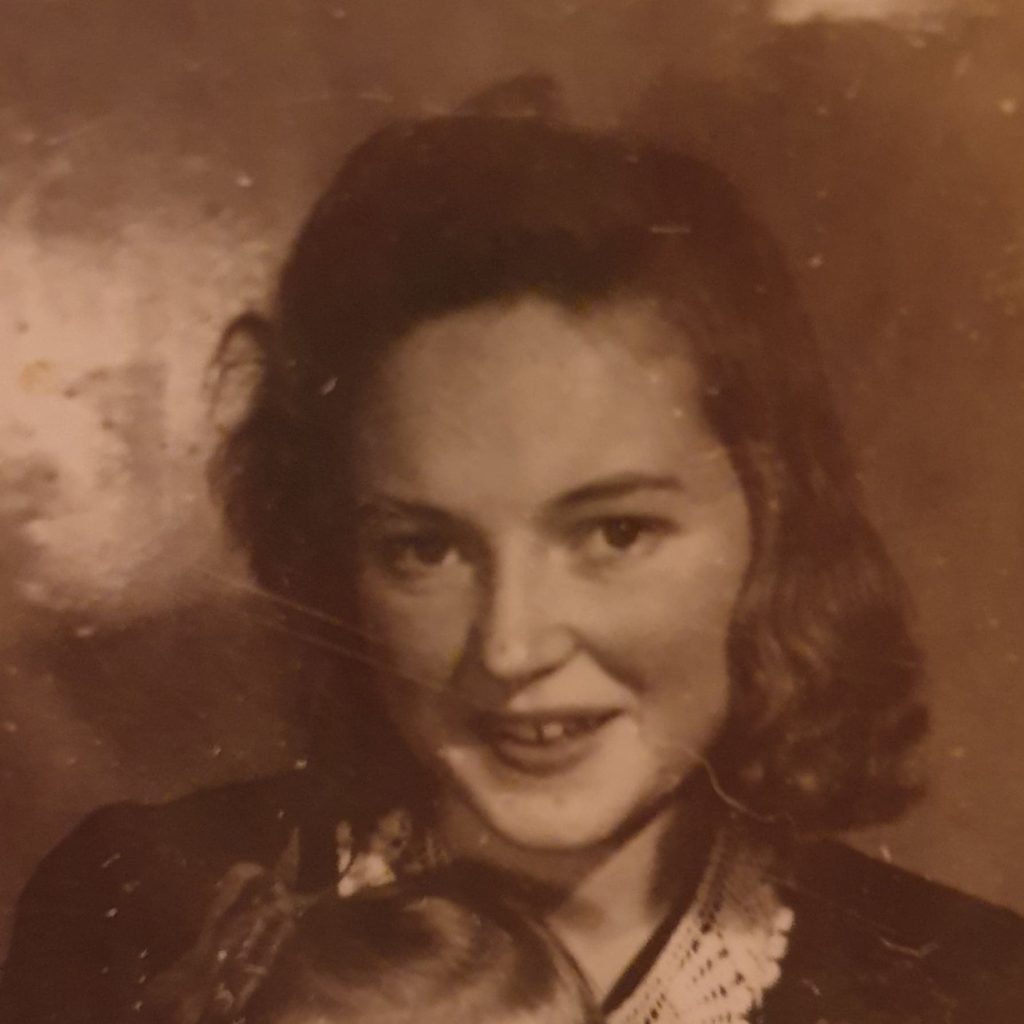
It is true about suicides, not just for German soldiers in 1944, but with what happens today. Darkness is part of the address, and people react differently to it. Some people look forward to the dark time, to mørketid. They look forward to lighting their candles and wood stoves and the anticipation of feeling safe inside their homes. Finding comfort inside while the dark and snow rage is part of koselig. Of course, there are others who dread, maybe even fear the dark time. A woman who lives up the road from me, Jorunn Torbjørg Øynes, who was a young teenager during the war, recalls one of the most difficult parts of day-to-day living during the war was blacking out the windows of her home. The dark for her was and is something to be a little afraid of. Though, curiously, a fear of the dark is not uncommon here. I asked Jorunn’s daughter, Irene Øynes, about this. I asked her, “Why are so many people afraid of the dark here?” Irene said something I keep turning over in my mind. She said, “I think it has something to do with the nature.” She paused. Then she said, “Yes. It has to do with the nature.” She motioned with her hand to indicate the forest behind and the sea in front of her mother’s house. You will not be surprised to know that Norway has a rich folktale tradition. Not everything that lives in our woods and mountains are friendly to wandering humans. In such tales, you can hear echoes of Berger’s address, “the way a landscape’s ‘character’ determines the imagination of those born there.”
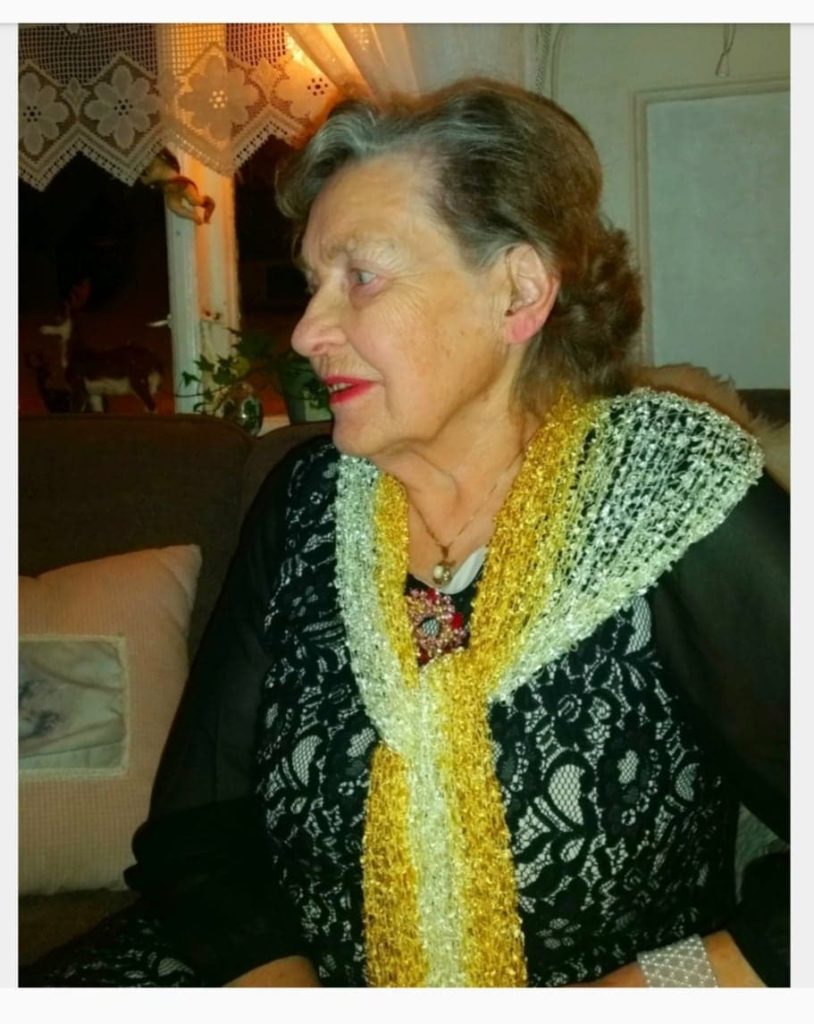
But I must clarify something. I am using the word “our,” and the truth is, I will never be part of the “our.” No matter how long I live here, no matter how much I come to know the stories and people here, no matter how much I learn the language, if I can learn the language, which is a significant challenge for my deaf ears, I will likely remain outside the culture. I am not sure how I feel about this. Does this mean I am outside the address? I don’t know. But I have to wonder if part of Without Them I Am Lost, at least for me, is to discover something more of my own place in this address. Time and again, people I have talked with about the war have told me, we have to remember where we come from. This implies the struggles of war, certainly, but this also means here—this place, this far north.
Charlie: The nature. That little construction and what it might reveal is something I keep from the time I’ve spent with you in the far north. It’s a subtle variation from what I might expect from an English speaker in the U.S. Adding the definite article gives nature far more power. It personifies and gathers nature into a unified force. That turn of phrase speaks of a powerful address that asserts itself and expects a response. I’m curious, does that construction come directly into English from the Norwegian?
I’ve been interested, lately, to hear all manner of people in a diverse array of situations speaking about the natural world and about the Earth. Consider my succession of weeds, for example. Our landscapes seem to be far more on our minds right now. As you know, I spend a lot of time on trails. In a normal year, when I hike the Inland Northwest, I can go hours without seeing another soul. That’s no longer the case. People are getting out more. It’s safer, it seems, to be in the fresh air, and there’s good and bad that comes with this. I’ve seen more backcountry impact in the last 8 months than ever before. People don’t have a lived relationship with the nature. The hopeful voice in me thinks that we may see a return to our devotion to the land. Perhaps that will be one result of our increasingly digitized lives. If it comes, any return to address will be a slow and incremental shift.
You speak of the difficulty of claiming the far north as a home, but naturalization is a journey without arrival. It’s a fluid process of dialogue and of ever deepening acquaintance. All of our relationships are asymptotic. We never fully reach our beloved, and yet, if we’re lucky, we pursue and are pursued. I’m drawn to this concept of address, but I think, like every other association, the influence there is mutually causal. It flows in both directions. Something like World War II leaves its mark on the land long after the war has been shaped by the landscape. Walking across a historic battlefield, you can sense the impact like a lingering fragrance. For me, Without Them I Am Lost is a way to explore this interdependence and how a land might hold memories even as it shapes the present and the future.
Damon: Landscapes will hold their memories and significance until they do not any longer. As you know, near my house, you can walk through bunkers and fortifications the Germans had built in our area. Now they are filled with bits of trash, fetid water, and stones. In the same area, there are also very old graves and signs of a much older settlement. By much older I mean from 300-600 C.E. What do such things mean to our present lives? This is a question I go on asking myself. As far as “the nature,” it is simply a phrase I hear when Norwegians use English to speak of going into the outdoors or reflecting on the outdoors. Even so, there is a sense of otherness to the phrase, i natur, or, to translate, “in the nature.” Norwegian has these words like koselig, like mørketid, like kjæreste, which we can translate into English, even as their suggestive meanings somewhat escape us. One’s dearest is one’s kjæreste, but one’s kjæreste is not merely one’s dearest. So, I have pieces—pieces of language, pieces of stories, pieces of the war. I dread to lose what little of these I have. They can all be lost, you understand.
Photographs by Rebekah Wilkins-Pepiton, Charles M Pepiton, and Kristine Fostervold
Portraits courtesy of Jorunn Torbjørg Øynes
Writer Damon Falke & Director Charles M Pepiton have been creating and producing theatre and film together since 2008.

